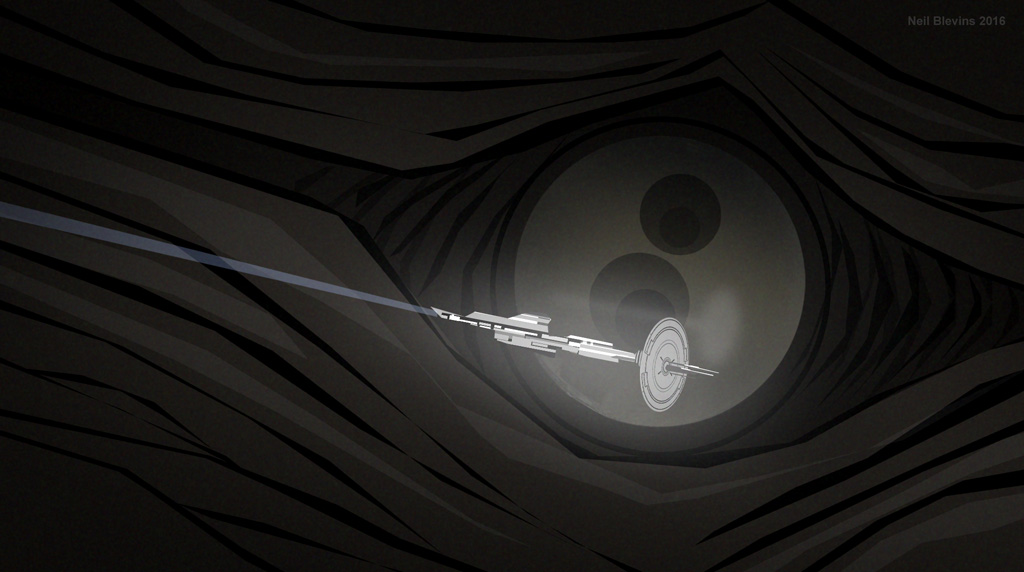

Q3: How does one show the boundary is timelike? For this, I took AdS in Poincare coordinates and constructed the normal to surfaces of r=const.


However, this "picture argument" needs tightening up - can anyone justify the physics? Why does the boundary being timelike allow for reflection? On the other hand, if it were timelike boundary and <45 degrees to vertical then I can see how null waves could continuously reflect off it. Q2: Secondly, assuming our wave is travelling on a null geodesic, what does the boundary being timelike have to do with the ability to reflect the wave back into the bulk? What would have happened if it was a null boundary or a spacelike boundary? I have thought about this from the perspective of Penrose diagrams and, if I drew the boundary as null (at 45 degrees), then any null wave that hit it (coming in at 45 degrees), would be reflected and start travelling along the r=infinity surface, right? Similarly, if the boundary was spacelike, it would be drawn at >45 degrees to the vertical and I'm not sure any incoming 45 degree null wave would be able to end up back in the bulk. Q1: Does this mean an observer staying inside the bulk and measuring coordinate time could see the light ray go to infinity and back in finite time? But, if the light ray itself needs infinite affine parameter to reach r=infinity, how could it ever get back into the bulk? How are these two ideas consistent? I think I'm getting confused about coordinate time - I know there's no proper time for null rays but I still don't understand what's happening here.

First of all, it is shown in the final answer of the following thread ( AdS Space Boundary and Geodesics) that null rays take finite COORDINATE TIME to reach the AdS boundary but that this corresponds to infinite affine parameter. I want to try to understand this statement. I was reading in a paper (see 1st paragraph of introduction section in ) that in AdS space, waves can reach the boundary in finite time and, since said boundary is timelike, they can be reflected back into the bulk.


 0 kommentar(er)
0 kommentar(er)
